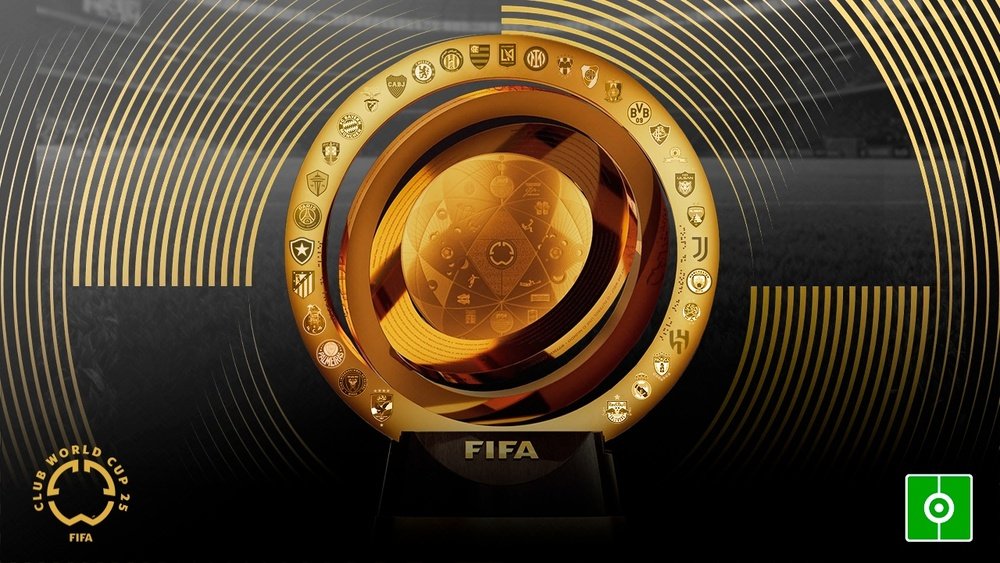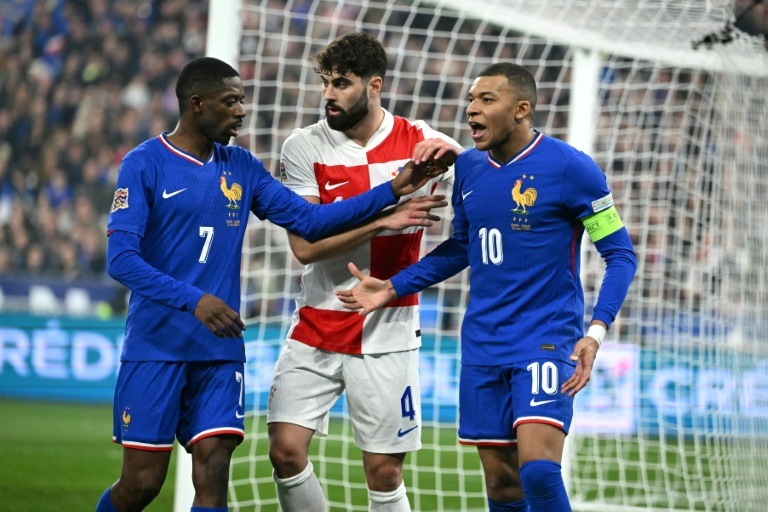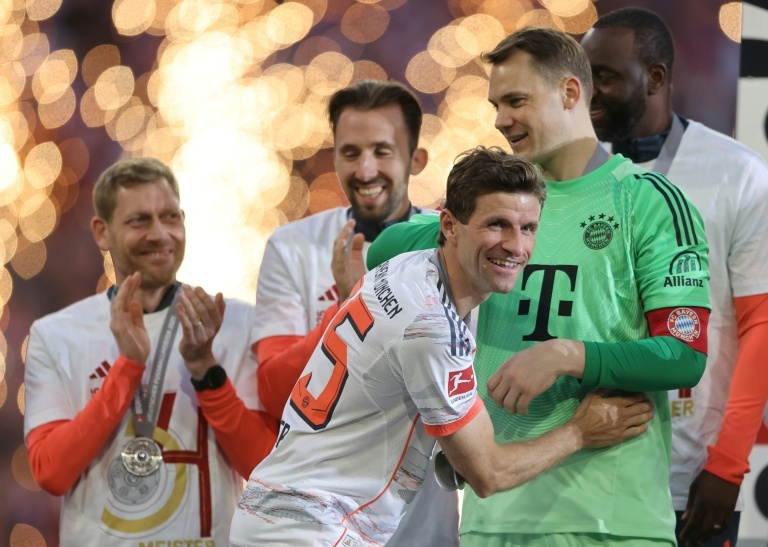Football's global lab experiment begins in the USA


The new-look Club World Cup is here. Al Ahly and Inter Miami will set the wheels in motion for a tournament modelled after the national team World Cup — of which it is now very much a warm-up act.
In a further nod to its experimental nature, the event is also being held in North America, one of the three host federations for the 2026 showpiece, alongside Canada and Mexico.
This 32-team, 8-group, 63-match laboratory tournament is seeking its place in football's collective imagination — though expectations remain uncertain. So far, fanfare has fallen short of FIFA's ambitions.

The competition's awkward placement between two seasons has not gone down well with clubs or players, many of whom are already vocal about an overloaded calendar.
The fan response remains another key unknown. The presence of teams from lesser-known federations, such as Auckland City, Al Ain and Esperance Tunis, may either diminish the tournament's perceived prestige or open new doors of global interest. North America's varied time zones add further complexity to international viewership.
To lift the trophy, teams must navigate seven matches: three in the group stage and four in the knockout rounds. With Real Madrid involved, they inevitably enter as firm favourites — even as they undergo a rebuild under Xabi Alonso.
Paris Saint-Germain, fresh off a historic treble, have rightfully earned their place among the frontrunners. Bayern Munich and Manchester City complete a strong field of title contenders.
Notably absent, however, are Barcelona. Ironically, the qualification system has left out three of Europe's five major league champions — with Liverpool and Napoli also missing from the competition.
Cristiano Ronaldo will not feature, but Lionel Messi will. While the pair are no longer the rivals of old, the tournament will not be lacking in star power.
Chief among the headline acts is Kylian Mbappe, arriving in blistering form with goals in eight consecutive matches and the 2025 Golden Boot already secured thanks to his 31 goals so far this year.

Ousmane Dembele has also enjoyed a prolific 2025. Both Frenchmen will look to use the Club World Cup to bolster their Ballon d'Or credentials — Mbappe with goals, Dembele with his treble triumph.
They'll take full advantage of the absence of Lamine Yamal, whose dazzling talent and youth make him the most likely heir to Rodri's throne at the top of the global game. Speaking of Rodri, the Spanish midfield maestro is among the tournament's most anticipated returns
After a brief comeback from serious injury, he will resume his role as City's lynchpin, despite competition from new arrivals such as Reijnders, Aït-Nouri and Cherki — brought in to repair the damage of a turbulent 2024/25 campaign under Guardiola. Likewise, the likes of Dani Carvajal and Eder Militao are expected to reclaim the spotlight.
On the flip side, the competition may mark the final bow for several veterans. Luka Modric could be making his last appearance for Real Madrid; Thomas Muller may be approaching the end at Bayern; and Angel Di Maria is likely playing his final games for Benfica. It is a World Cup of farewells as much as debuts.
The competition spans all continents, but it is the Brazilians who dominate. With four representatives — Palmeiras, Botafogo, Flamengo and Fluminense — no nation brings more clubs. On an individual level, too,
Brazil leads the way with 142 players spread across the 32 squads. Argentinians (104) and Spaniards (54) round out the top three. Still, none of those players can claim the ultimate honour: world champions.

That distinction belongs to 26 players in the tournament: 13 Argentinians (Acuna, Julian Alvarez, Armani, Correa, De Paul, Di Maria, Enzo Fernandez, Lautaro Martinez, Messi, Nahuel Molina, Montiel, Otamendi and Pezzella), nine Frenchmen (Dembele, Giroud, Griezmann, Lucas Hernandez, Kimpembe, Lemar, Lloris, Mbappe and Pavard), two Spaniards (Sergio Busquets and Sergio Ramos), and two Germans (Neuer and Muller).
We know how this new Club World Cup begins, but not how it will end a month from now. Perhaps we'll witness surprise champions, and perhaps FIFA's laboratory will emerge vindicated. The second edition won't come until 2028 — but the traditional World Cup looms just around the corner.
































